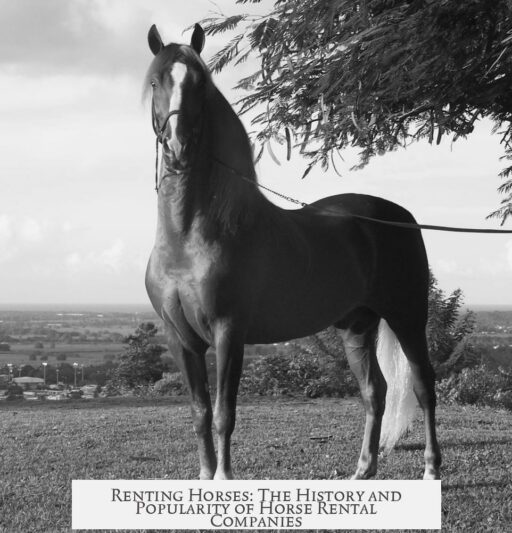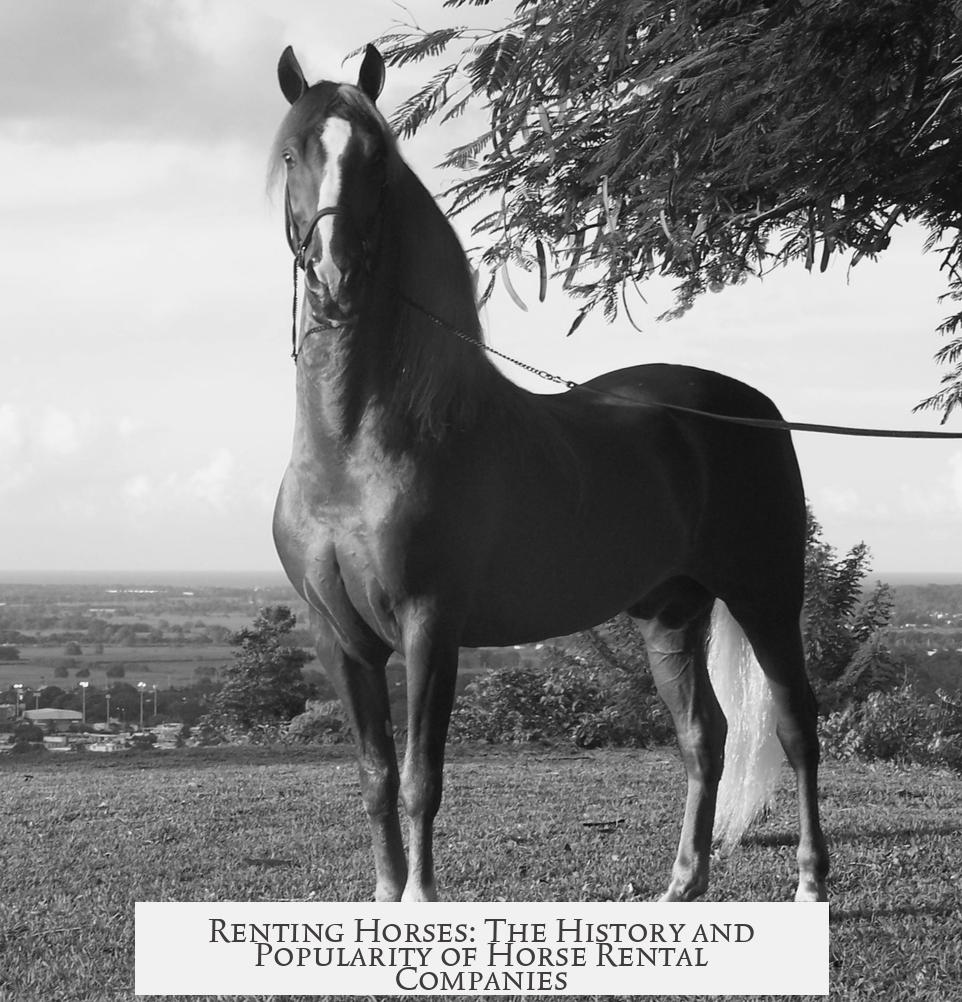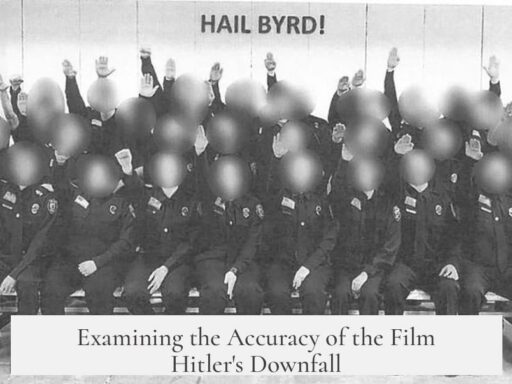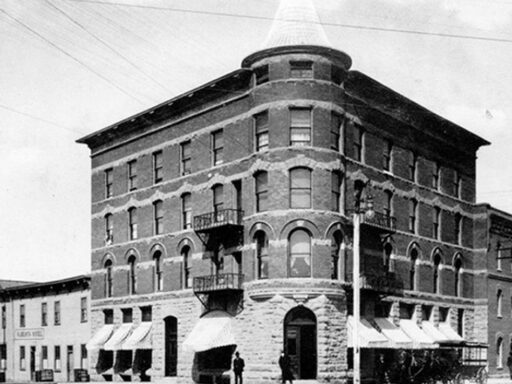Rent-a-horse services, often known as livery stables, were indeed established and commonly used during the periods when horses were the primary mode of transportation. These services operated as commercial enterprises renting out horses, carriages, or both to individuals who needed temporary transportation, labor assistance, or access to specialized horses such as post-horses. However, these businesses generally resembled stable-based services rather than modern corporate companies.
Historically, the concept of renting horses dates back at least to the early 18th century. Tobias Hobson, a Cambridge horse man in the early 1700s, is one of the earliest documented figures known for offering horses for hire to local scholars and travelers. His stable housed around forty horses, which were rented out under a strict rotating system to prevent overuse of any single horse. This practice became so well-known it gave rise to the phrase “Hobson’s choice,” referring to the obligation of taking what is offered rather than selecting freely.
During the 18th and 19th centuries, horse rental became widespread in England and America, especially in urban areas where owning a horse proved costly and impractical. Stables and livery services catered to various needs, from personal travel to labor and postal logistics. Renting horses allowed merchants, minor gentry, and working-class individuals to access horse-powered transportation or labor on flexible terms without the expense and responsibility of ownership.
The types of horse rentals can be broadly classified into:
- Renting Livery (Horse and Carriage): Customers rented horse and carriage combinations for short outings or special occasions. This service was similar to modern limousine rentals during prom or courting seasons, predominantly serving the merchant class and minor nobility. Documentation such as the R.G. Dun Credit Reports confirms the commercial use of “livery rental” terminology in cities like Boston.
- Hiring Horses for Labor: Farmers and laborers hired horses for daily or seasonal work like plowing or transportation. Rental terms varied widely, from daily to pay-to-own arrangements, enabling those with limited means to utilize horse power temporarily. Large public stables renting out working horses sometimes faced criticism for harsh treatment of animals, as chronicled by author Anna Sewell in her novel Black Beauty.
- Hiring Post-Horses: Integral to the communication and mail system, post-horses could be hired for short distances between posting inns. Their use was strictly regulated by law and ethical guidelines, preventing unauthorized use or resale by hirers without prior permission.
Commercial horse rental businesses mostly operated as single-location stables or family-run operations rather than modern corporations. The “rent-a-horse company” concept was not akin to contemporary rental firms but functioned effectively as dedicated horse-loaning services. They thrived particularly in larger towns and cities where horse ownership was expensive—reflecting today’s urban car-sharing or rental model.
These livery stables were often multi-story buildings housing horses, carriages, feed, and equipment. Clients could rent horses, carriages, or combined rigs for specified periods, enabling travel where public transportation was unavailable. In some cases, historically significant inns such as Chaucer’s Tabard Inn functioned as informal rental points for horses to support long-distance travel.
The economic dimension underscores this demand. A riding horse cost from £3 to £10 in earlier centuries, equivalent to many months’ wages for an average skilled worker, making ownership prohibitive for most. Renting bridged this gap, offering practical, flexible access to horses without ownership burdens.
Short-term horse rentals also featured in historical events. For instance, John Wilkes Booth and David Herold rented horses for their escape after Lincoln’s assassination. These rentals were closely managed with expectations on timing and return, reflecting the strict commercial practices of horse rental services.
The arrival of the automobile rapidly diminished the demand for horse rentals by the early 20th century. Between the late 1800s and early 1900s, the number of livery stables declined drastically as cars replaced horses. Automobiles offered mechanical reliability and convenience unmatched by horses, which required grooming, feeding, and shelter. By the 1920s, most cities listed only a handful of stables, many transitioning or disappearing as motor vehicles prevailed.
| Aspect | Details |
|---|---|
| Early Known Horse Rental | Tobias Hobson’s stable in Cambridge, early 1700s, renting hackney-horses with a rotation system. |
| Prevalence | Common in 18th-19th century urban England and America for transportation and labor. |
| Rental Types | Livery (horse + carriage), labor horses, post-horses for mail and fast transit. |
| Business Structure | Stable-based service rather than corporate companies; often family or individual owned. |
| Economic Role | Affordable alternative to ownership; critical for merchants, working-class, and travelers. |
| Historical Anecdotes | Booth and Herold’s short-term rental for escape post-assassination. |
| Decline | Declined sharply with rise of automobiles by early 20th century. |
- Rent-a-horse services existed prominently in the 18th and 19th centuries, primarily through livery stables.
- These businesses provided rental horses for transportation, labor, and postal duties with various rental terms.
- They operated mostly as stable-focused enterprises rather than modern corporations.
- Urban demand and horse ownership costs drove the popularity of rental services.
- By the early 1900s, automobiles led to a rapid decline in horse rental businesses.




